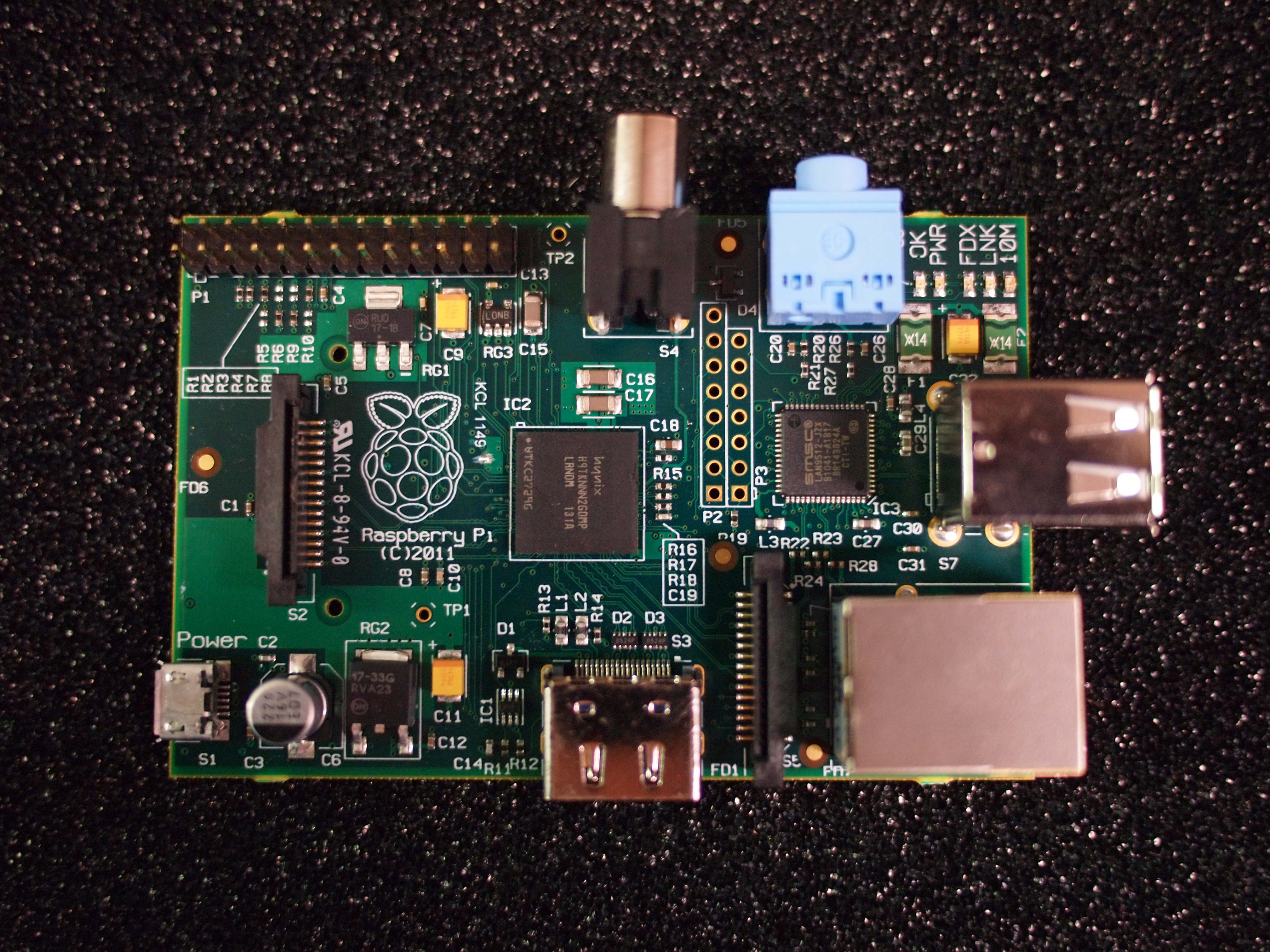By Sudarshana Banerjee
A computer that costs less than a book on computers? The Raspberry Pi Foundation, a U.K registered charity, says its on course to launch Raspberry Pi; a cheap, barebones PC. The PCs come in two models. The $25 Model A, and the more expensive Model B, at a whopping $10 more at $35.
The Raspberry Pi is a credit-card sized computer you can plug into your television monitor (and add a keyboard). The Raspberry Pi can be used just like a desktop PC for the most part says the Foundation; and you can use it for spreadsheets, word-processing and games. It also plays high-definition video.
The foundation is currently doing electrical testing alongside hardware and software testing, and will auction off ten devices soon. Full-scale manufacturing in more than one factory is expected to begin as early as January 2012.
The story behind the Pi
The idea behind a tiny and cheap computer came in 2006, when Professor Eben Upton was lecturing and working in admissions at Cambridge University. Mr. Upton had been noticing a distinct drop in the skill levels of students applying to Computer Science. In the 1990s, most of the kids applying were coming to interview as hobbyist programmers. Over the years, a typical applicant had experience only with Web design, and sometimes not even with that. Fewer people were applying to the course every year. Mr. Upton wanted to do so something that would rekindle the enthusiasm people had for computers.
Over the next five years or so, Mr. Upton joined Broadcom as associate technical director, and started working on building prototypes of what has now become the Raspberry Pi, in his spare time. In the process, he banded together with a group of friends and colleagues; these people have now become the Raspberry Pi board of trustees: David Braben (a game designer and Cambridgeshire entrepreneur), Jack Lang (a local academic and business angel), Pete Lomas (managing director of a hardware design and manufacture company where the earliest Raspberry Pi boards were designed and built), and Professor Alan Mycroft and Dr Rob Mullins from the Cambridge University Computer Lab.
It took three years to develop the first set of roughly production-ready devices.
Tech Specs
- The Raspberry Pi measures 85.60mm x 53.98mm x 17mm, with a little overlap for the SD card and connectors which project over the edges.
- It weighs 45g.
- Runs ARM GNU/Linux.
- Mice, keyboards, network adapters and external storage will all connect via a USB hub.
- There is composite and HDMI out on the board. There is no VGA support, but adaptors are available.
- There’s a standard 3.5mm jack. You can add any supported USB microphone via a hub.
- The Model B version of the device includes 10/100 wired Ethernet.
- There is no Ethernet on the Model A version, but Wi-Fi will be available via a standard USB dongle.
- The device is powered by 5v micro USB.
- The device will also run on four AA cells.
- There is no case for the initial version, but there will be a (removable, in case users want to do some soldering) case available later.


